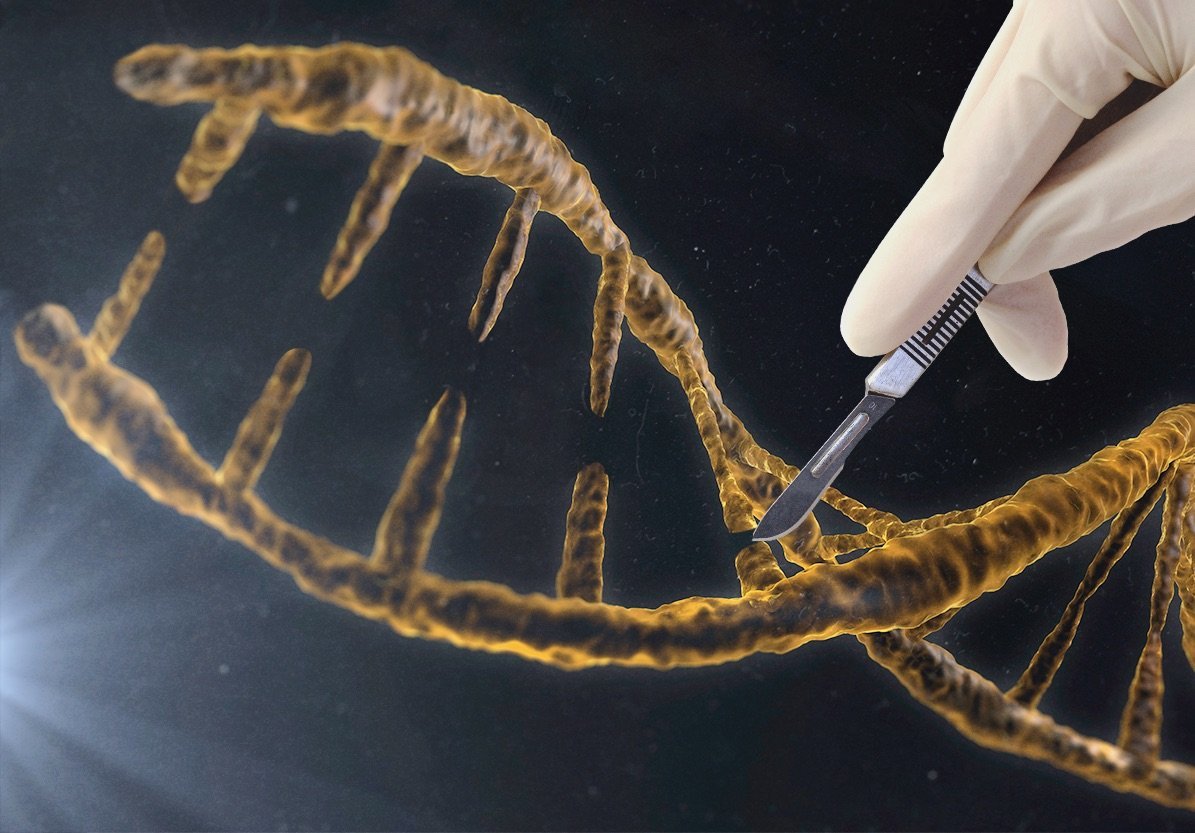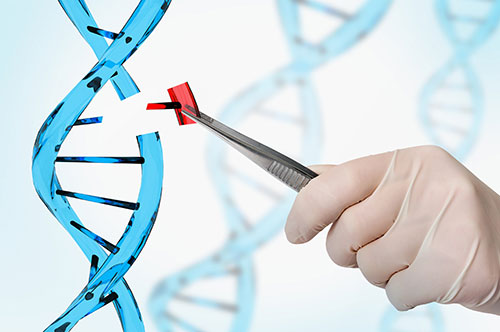
Economic impacts of AI-augmented R&D
Besiroglu, T., & Thompson, N. (2022). Economic impacts of AI-augmented R&D. ArXiv. /abs/2212.08198
Since its emergence around 2010, deep learning has rapidly become the most important technique in Artificial Intelligence (AI), producing an array of scientific firsts in areas as diverse as protein folding, drug discovery, integrated chip design, and weather prediction. As more scientists and engineers adopt deep learning, it is important to consider what effect widespread deployment would have on scientific progress and, ultimately, economic growth. We assess this impact by estimating the idea production function for AI in two computer vision tasks that are considered key test-beds for deep learning and show that AI idea production is notably more capital-intensive than traditional R&D. Because increasing the capital-intensity of R&D accelerates the investments that make scientists and engineers more productive, our work suggests that AI-augmented R&D has the potential to speed up technological change and economic growth.

Science is Shaped by Wikipedia: Evidence from a Randomized Control Trial
Thompson, Neil C., and Douglas Hanley. 2019. Science is Shaped by Wikipedia: Evidence from a Randomized Control Trial. Online at SSRN: https://papers.ssrn.com/sol3/papers.cfm?abstract_id=3039505.
![]() Best Paper, Druid 2018
Best Paper, Druid 2018
![]() Nature, New Statesman, Phys.org, EdTech, Le Scienze, PLUM analytics, Metro, Climate Home News, The Guardian
Nature, New Statesman, Phys.org, EdTech, Le Scienze, PLUM analytics, Metro, Climate Home News, The Guardian
As the largest encyclopedia in the world, it is not surprising that Wikipedia reflects the state of scientific knowledge. However, as one of the most-accessed websites in the world, including by scientists, it also has the potential to shape science. This paper shows that it does.
The introduction of concepts on Wikipedia, and the interconnection of those ideas to related topics, leads to increased usage (and interconnection) of those same ideas in the scientific literature. This paper demonstrates these both correlationally using a Big Data analysis and then causally using a randomized control experiment.

Decomposing the Tacit Knowledge Problem: Codification of Knowledge and Access in CRISPR Gene-Editing
Thompson, Neil C., and Samantha Zyontz. 2020. Decomposing the “Tacit Knowledge Problem:” Codification of Knowledge and Access in CRISPR Gene-Editing. Online at SSRN: https://papers.ssrn.com/sol3/papers.cfm?abstract_id=3073227.
The ability to edit genes with CRISPR has, in a few short years, been transformative to genetics, generating follow-on science such as drought-resistant crops and mosquitos that cannot carry malaria, and is widely expected to win a Nobel prize. The rush of scientists to embrace CRISPR in its early days provides an important and data-rich environment in which to study how tacit information is codified and transferred for others to build upon.
In particular, the introduction of CRISPR allows us to explore whether embedding the associated knowledge into an easy-to-distribute tool (a plasmid) and making it available through a biological resource center (Addgene) solves the “tacit information” problem and the physical localization that accompanies it. We show that codification into a scientific tool does solve the problem of access; scientists of equivalent caliber experiment with CRISPR in equal measure regardless of where in the U.S. they are. However, scientists across different geographies have unequal success in converting that experimentation into published science, suggesting that some tacit information problems persist. The remaining tacit information seems to be driven by expertise, with geographies specialized in mammalian CRISPR helping to create publishable science on mammals and geographies specialized in bacterial CRISPR helping to create publishable science on bacteria. Collectively, our case study of the earliest days of CRISPR speaks to the tacit information challenges that are, and are not, solved by distributing embedded materials.

Gene synthesis allows biologists to source genes from farther away in the tree of life
Kunjapur, Aditya M., Philipp Pfingstag, and Neil C. Thompson. 2018. Gene synthesis allows biologists to source genes from farther away in the tree of life. Nature Communications. Vol 9, article 4425.
Gene synthesis is a powerful genetics tool that has been improving rapidly. This paper shows that bioengineers are increasingly using it to create organisms where functionality from one organism can be brought into another, in a form of genetic biomimicry. This paper also shows that as this tool improves, it is being used to draw genes from ever-farther away in the tree of life.

Lightening the Burden of Knowledge: How Tools Push Out the Frontiers of Science
This paper looks at how tools help scientists push out the frontiers of knowledge. Jones (2009) argued that scientists face a “burden of knowledge,” wherein the increasing amount of knowledge needed to reach the frontier pushes them to ever-longer educations and ever-narrower specializations. This paper argues for a countervailing trend, the development of tools. We argue that tools, defined broadly to include theoretical insights, scientific instruments, etc., increase research productivity by automating knowledge so that scientists can use knowledge more easily. For example, virtually all of the knowledge of how computers work is hidden from typical users, who nonetheless can take advantage of much of what they have to offer.
This paper extends the model of Jones to incorporate tools and show how this impacts long-term growth rates in the economy. We then test this theory in an empirical setting: synthetic biology, where evolving tools are rapidly changing the feasibility and cost of writing DNA sequences. By taking advantage of the exogenous progress in this tool, we produce causal estimates for how much tools help scientists push out the frontier of knowledge. We find that tool-enabled discoveries generate more follow-on research, take inventive steps in more interesting directions, and produce more interest from other scientists.
These findings have important public policy implications, since they suggest that the funding of tool development can help scientists and promote economic growth.